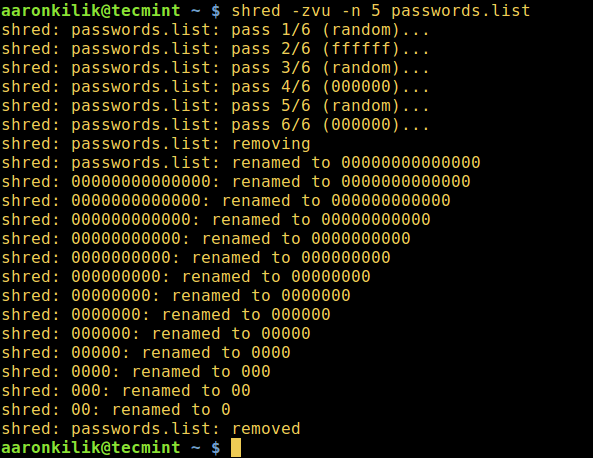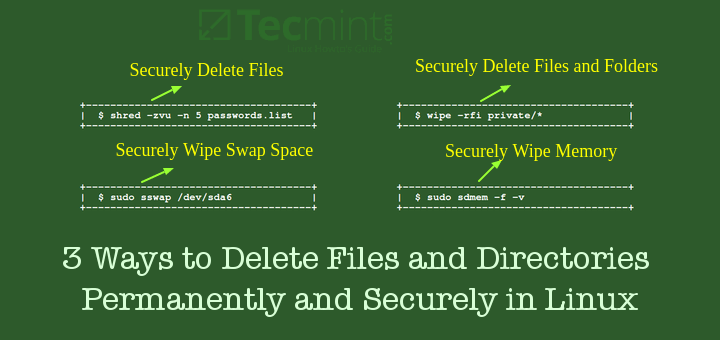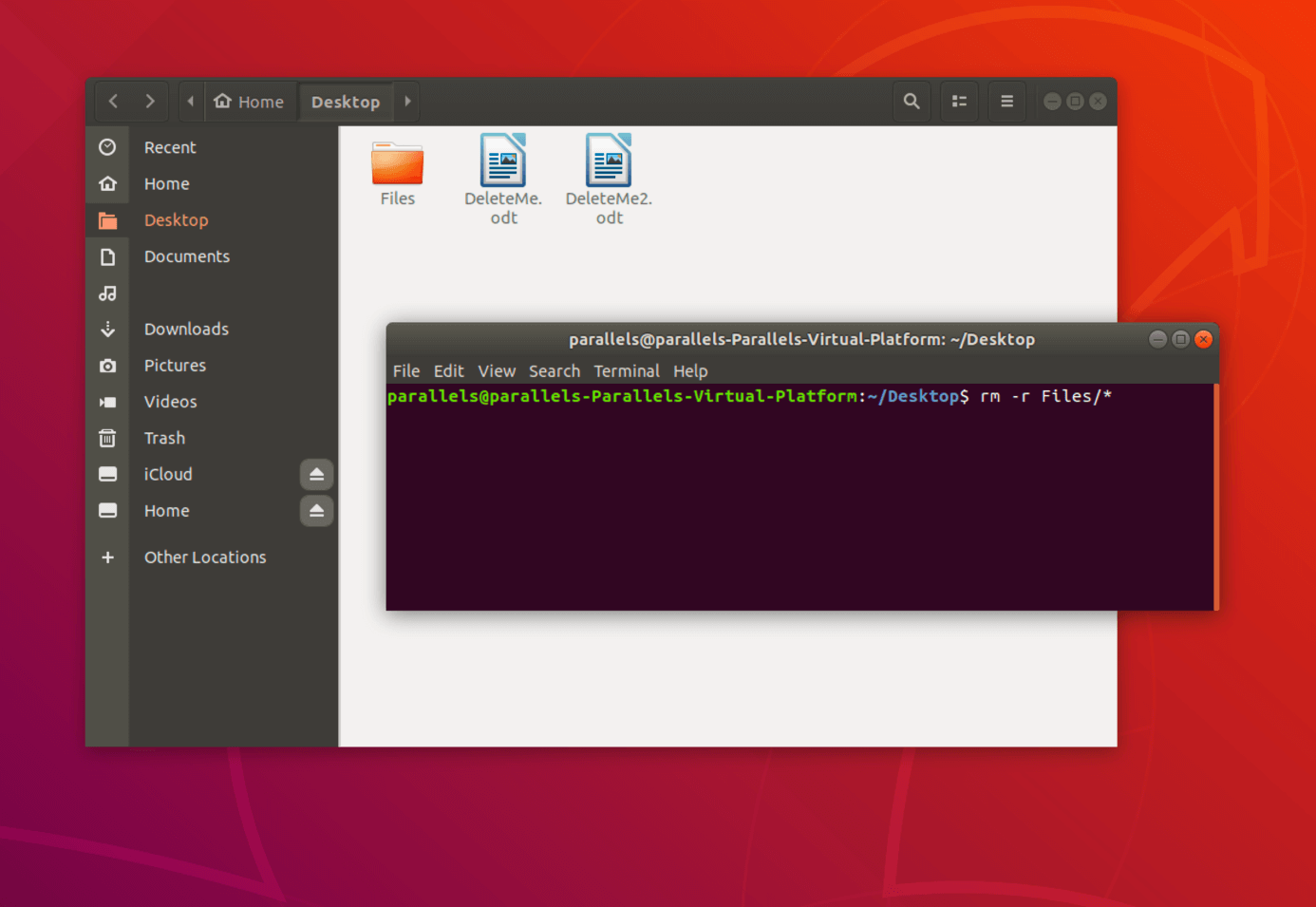Linux Removew Top 10 Big Files
---- Deleting Huge Files in Linux ----- ionice -c 3 rm varlogssyslog ionice -c 3 rm -rf varlogapache If there wont be much idle time on the system then we may want to use the best-effort scheduling class and set a low priority like this. To find the 10 biggest files and folders in current directory.

Disk Usage What S A Command Line Way To Find Large Files Directories To Remove And Free Up Space Ask Ubuntu
To display first 10 largest file.

. I need to delete a large number of files listed in a txt file. You can use below commands to actually extract only the top 10 biggest files from a tar. For the 10 largest files in an entire filesystem n 10.
-type f -print -delete. Use the following command to find the largest Top 10 files and directories on a Linux system sudo du -a var sort -n -r head -n 10. Low disk space can also affect server performance and sometimes cause critical processes such as backup job to fail.
Go in the directory where the files are. It allows you to search for files and directories based on different criteria including the file size. The du utility gives information on disk usage and the sort utility can sort the results.
If you feel that some directories are not important you can simply delete a few sub-directories or delete the entire folder to free up some space. Du -a var sort -n -r head -n 10. To display the largest foldersfiles including the sub-directories run.
Find Top Directories Sizes in Linux. Finally we can run those results through the head command which gives you the top 10 lines outputted through any other command. I need to count number of files in a remote directory from Linux FreeBSD as if 10 trace files log files been generated within 5min of time.
For example to search for files with size greater than 100 MB in the current working directory you would run the following. If youre trying to delete a very large number of files at one time I deleted a directory with 485000 today you will probably run into this error. How to find out top Directories and files in Linux.
If cache contains millions of files you should split it into subdirectories for faster access. The sample output should be like this. As the linux administrator sometimes we have to identify which files are most take much space in the linux server resulting in low free space.
Files tar -tvf sort -n -r egrep -v dhead awk print 9 tar -xvf files. Quick Linux Tip. Find mountpoint -xdev -type f -print0 xargs -0 du -sk highest -n 10 --use-bisectwhere highest can be found here.
Linux has a rich set of commands for manipulating and accessing files. How to delete large amount of files with the command find. Cant keep up theres probably something wrong with your setup.
The above command will show the top directories which are eating up more disk space. The find command on Linux has an action -delete to delete a matching file. Ionice -c 2 -n 6 rm varlogssyslog ionice -c 2 -n 6 rm -rf varlogapache.
This article shows how you can find big files size on Linux CentOS and RHEL. Du -h sort -hr head -n 10. Read the rest of the article to get a detailed explanation of these commands.
Find Large Files Using the find Command The find command is one of the most powerful tools in the Linux system administrators arsenal. Type the following command at the shell prompt to find out top 10 largest filedirectories. To delete unwanted file on Linux use the rm command.
-name a -type f -print -delete. Will delete all files with filenames starting with a. Du -ah sort -hr head -n 10.
-type f -print -delete. This command will list archive contents to stdout. The problem is that when you type something like rm -rf the is replaced with a list of every matching file like rm -rf file1 file2.
Argument list too long. Top Forums Shell Programming and Scripting How to delete a huge number of files at a time. To get rid of all files and its sub-directories recursively use following command.
List the 10 Largest Files or Directories on Linux. To also list the filenames of the files as they are processed add -print. Cd directoryofthefiles Use this command to remove the files.
Find mountpoint -xdev -type f -print0 xargs -0 du -sk sort -n head -10. Im trying to delete the first largest regular files from the given directory but it doesnt work for files which contain whitespace caracters. -exec rm.
If one wishes to delete only a certain kind of files find supports an extra parameter -name string find. There are over 90000 files in the list. Or a faster way for a truly huge filesystem and small n.
Output the first part of files ie. It Searches file on Linux machine. Let me explain what its doing exactly.
Add the -print option to see the files you are deleting. To move file to a usb pen mounted at mntusb run the mv command. Find cache -type f -mtime 05 -delete However if youre producing files at such a rate that find.
Rm -i -v pathtofile. You can use the command find to delete the files.

Tools To Securely Delete Files From Linux Geeksforgeeks

Find Large Files In Linux Linuxize

How To Completely Remove A Linux Distro From Wsl Windows Central

Sed How To Remove All Special Characters In Linux Text Stack Overflow

Different Ways To Empty Or Delete A Large File Content In Linux Geeksforgeeks

Delete Remove A Directory Linux Command Nixcraft

Find Large Files In Linux Linuxize

Unix Remove A File With A Name Starting With Dash Character Nixcraft

3 Ways To Permanently And Securely Delete Files And Directories In Linux

3 Ways To Permanently And Securely Delete Files And Directories In Linux

How To Delete File On Ubuntu Linux Linux Tutorials Learn Linux Configuration

Delete Remove A Directory Linux Command Nixcraft

How To Linux Unix Delete A File Using Rm Command Nixcraft

Rm Command In Linux With Examples Linux Command Line Tutorial

How To Delete And Remove Files On Centos Linux Nixcraft

Tools To Securely Delete Files From Linux Geeksforgeeks

Deleting Files In Linux How To Ionos

Disk Usage What S A Command Line Way To Find Large Files Directories To Remove And Free Up Space Ask Ubuntu

Comments
Post a Comment